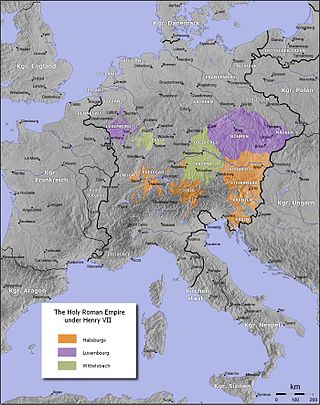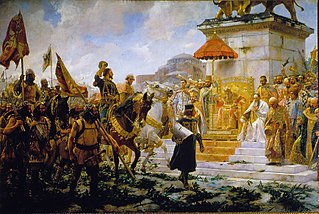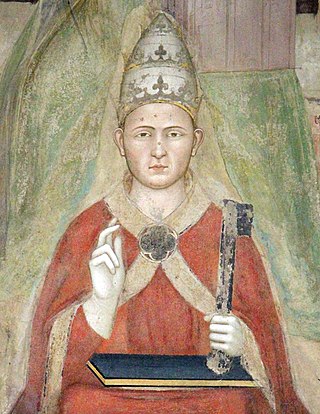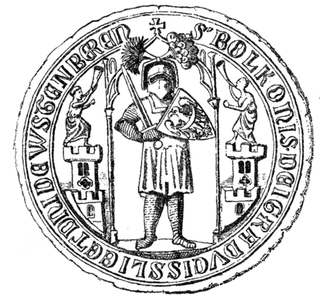| Millennium: | 2nd millennium |
|---|---|
| Centuries: | |
| Decades: | |
| Years: |
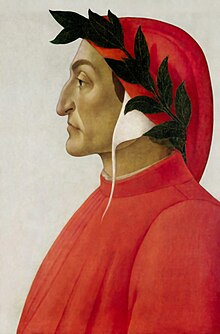
| 1301 by topic |
|---|
| Leaders |
| Birth and death categories |
| Births – Deaths |
| Establishments and disestablishments categories |
| Establishments – Disestablishments |
| Art and literature |
| 1301 in poetry |
| Gregorian calendar | 1301 MCCCI |
| Ab urbe condita | 2054 |
| Armenian calendar | 750 ԹՎ ՉԾ |
| Assyrian calendar | 6051 |
| Balinese saka calendar | 1222–1223 |
| Bengali calendar | 708 |
| Berber calendar | 2251 |
| English Regnal year | 29 Edw. 1 – 30 Edw. 1 |
| Buddhist calendar | 1845 |
| Burmese calendar | 663 |
| Byzantine calendar | 6809–6810 |
| Chinese calendar | 庚子年 (Metal Rat) 3997 or 3937 — to — 辛丑年 (Metal Ox) 3998 or 3938 |
| Coptic calendar | 1017–1018 |
| Discordian calendar | 2467 |
| Ethiopian calendar | 1293–1294 |
| Hebrew calendar | 5061–5062 |
| Hindu calendars | |
| - Vikram Samvat | 1357–1358 |
| - Shaka Samvat | 1222–1223 |
| - Kali Yuga | 4401–4402 |
| Holocene calendar | 11301 |
| Igbo calendar | 301–302 |
| Iranian calendar | 679–680 |
| Islamic calendar | 700–701 |
| Japanese calendar | Shōan 3 (正安3年) |
| Javanese calendar | 1212–1213 |
| Julian calendar | 1301 MCCCI |
| Korean calendar | 3634 |
| Minguo calendar | 611 before ROC 民前611年 |
| Nanakshahi calendar | −167 |
| Thai solar calendar | 1843–1844 |
| Tibetan calendar | 阳金鼠年 (male Iron-Rat) 1427 or 1046 or 274 — to — 阴金牛年 (female Iron-Ox) 1428 or 1047 or 275 |
Year 1301 ( MCCCI ) was a common year starting on Sunday (link will display the full calendar) of the Julian calendar.




